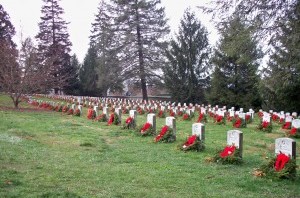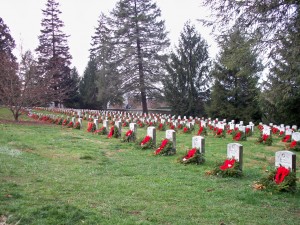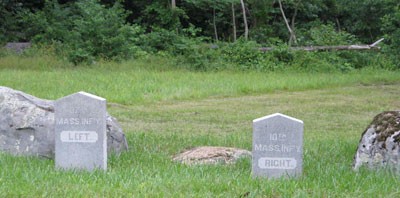Tag: The Battle of Gettysburg

Where Are The Gettysburg Battlefield Soldiers Buried?
July 16, 2014Are you curious, as many of our guests have been here at Gettysburg Battlefield Bus Tours, where the soldiers who fought in the Battle of Gettysburg are buried? Fortunately you won’t have to search any further, as today’s blog will tell you exactly where you can find both the Union and Confederate soldiers burial sites, and then all you’ll have to do is book a visit here to Gettysburg to see them!
Union Soldiers –

Most of the Union dead are buried in the Soldiers’ National Cemetery, which is located between Baltimore Street and Taneytown Road here in Gettysburg. It is right beside the local town cemetery and features the Soldiers National Monument in the center of it all. The Veteran’s Administration actually offers a database of burials that you can search by gravesite location, as well as name, date of birth, and date of death.
Confederate Soldiers –
The southern soldiers were actually removed from the battlefield roughly nine years after the battle and taken to southern cemeteries with specific locales set aside for the Gettysburg campaign casualties.
If you have a specific question you’d like answered, be sure to let us know in the comments, or leave us a message on our social media channels that you can find at the bottom of this page. We’re more than happy to help, and look forward to your visit!

Regimental Flank Markers
March 13, 2014
Located throughout the battlefield and often mistaken for graves, these small, rectangular stones are known as regimental flank markers. They are placed on either side of monuments or cannons and note the extreme ends of particular regiments or batteries. Engraved with the regimental/battery name and number and bearing the letter R or L (or sometimes RF or LF), these markers will assist the visitor to visualize the line that was formed by that unit. Fighting, in lines, shoulder to shoulder these stones tell you how far the line stretched and which direction the men were facing. Quite frequently the stones for different units will be found right next to each other on the field. For example, the right flank marker for one unit will stand directly next to the left flank marker of its neighbor in line helping one better grasp the infantry and artillery tactics of the 19th Century.